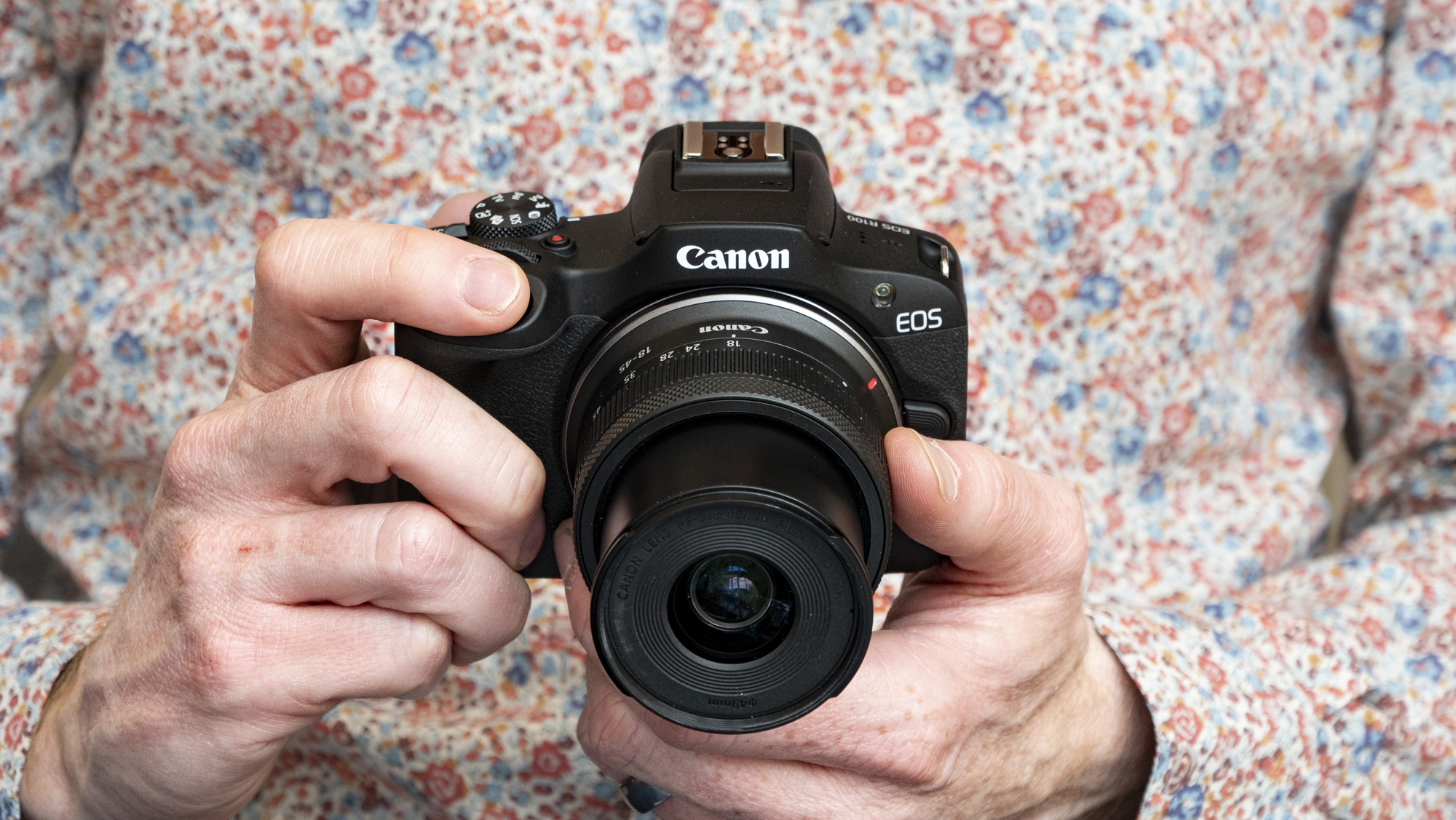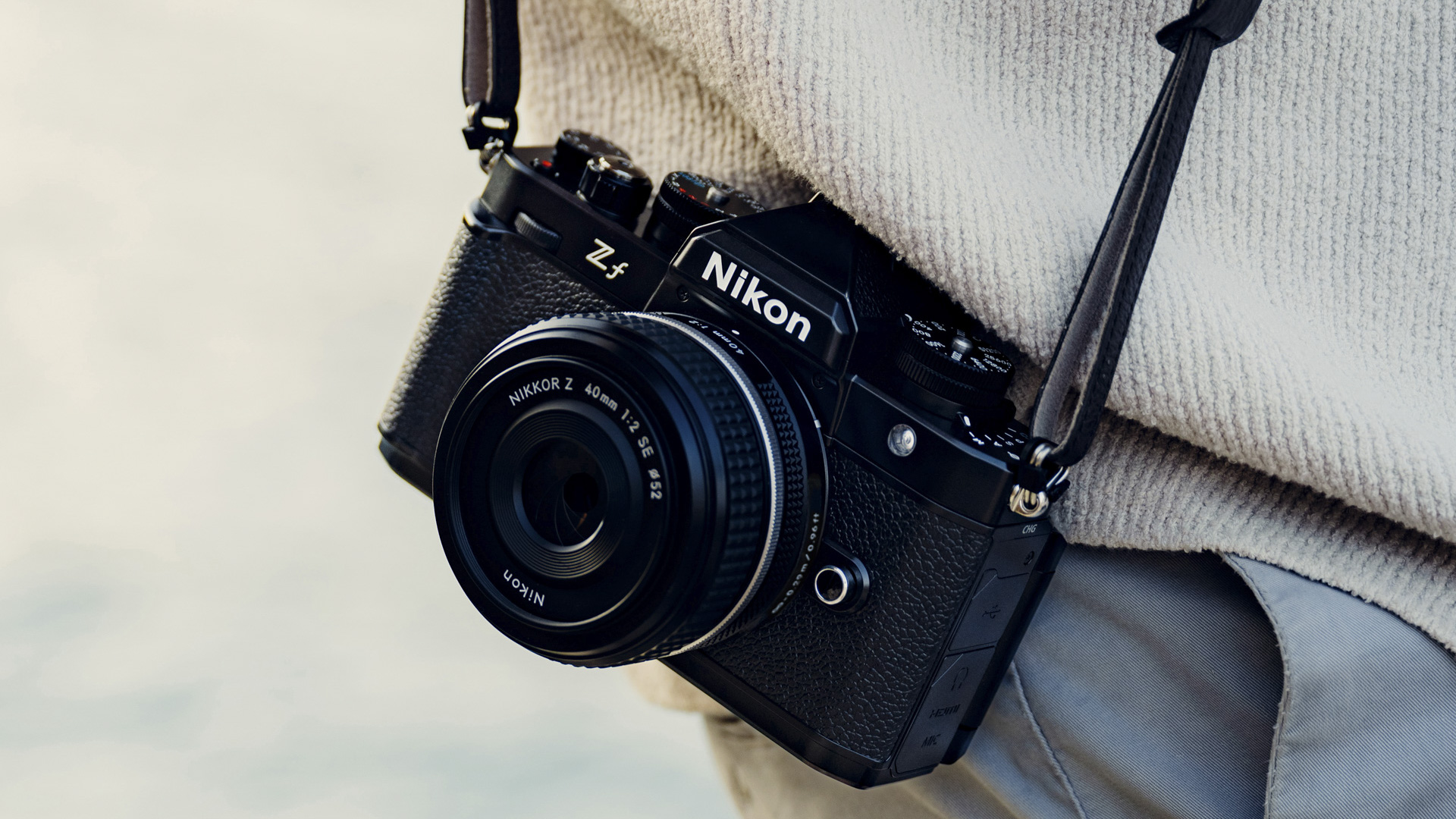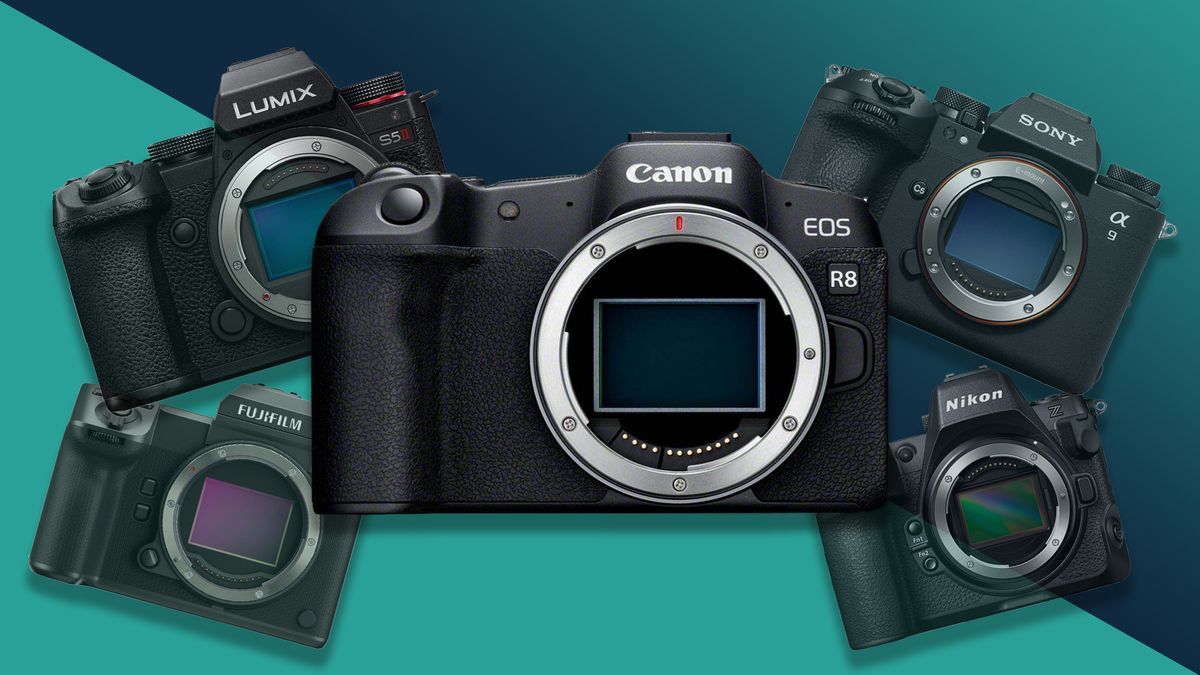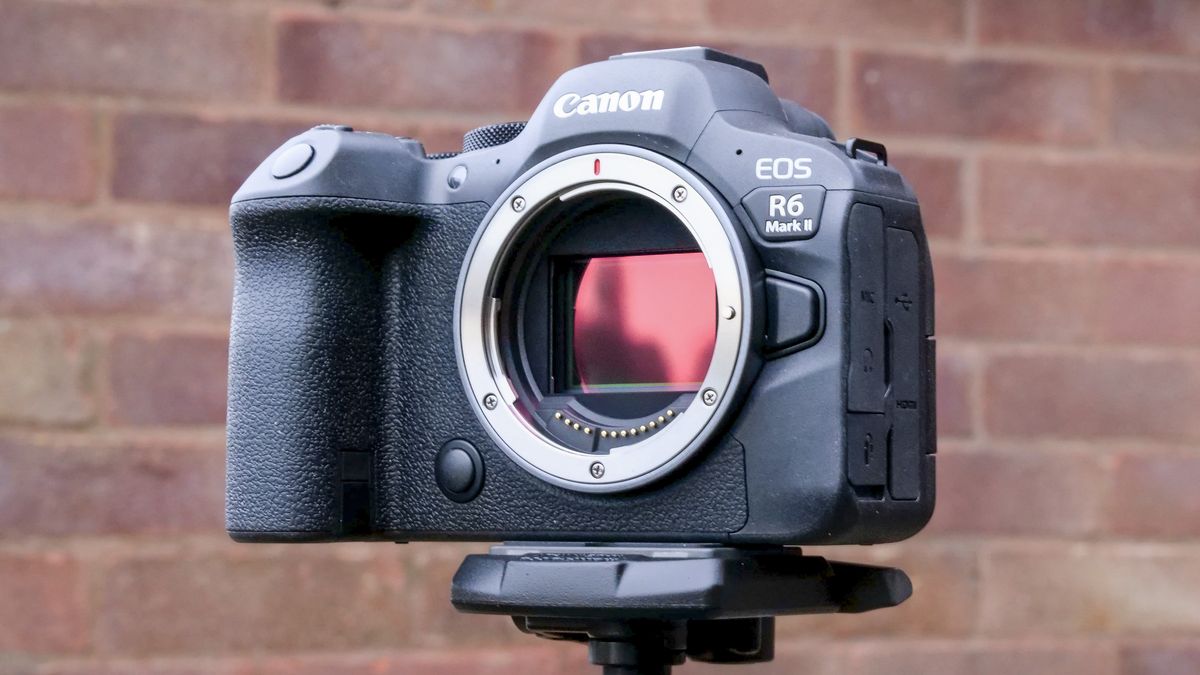Nikon, Sony, Fujifilm and Panasonic may have given us the best mirrorless cameras of 2023, but a comparatively modest year for Canon didn't stop it from grabbing the largest share of the global camera market last year, according to a new report.
According to recently released market data from Nikkei and Statista, Canon still comfortably holds the top spot across all key metrics, including market share and sales volume, for both mirrorless cameras and digital cameras overall.
Nikkei’s report (via Sony Alpha Rumors) says that the global mirrorless camera market share in 2023 was split like the pie chart below, with Canon taking 41.2% of shipments and Sony not far behind at 31.2%. Nikon and Fujifilm took 8% and 5.5% respectively.
In another Statista report covering the market share by sales volume of the major digital camera manufacturers worldwide (as of December 2023), the numbers differ, but the positions remain the same and are even more skewed in favor of Canon.
In the report, Canon has a market share of 46.5%, compared to Sony’s 26.1% and just 11.7% and 5.8% for Nikon and Fujifilm respectively. All this in a year in which Canon has only offered us three budget models: the EOS R8, the EOS R50 and the EOS R100, as well as the Powershot V10, which is a new camera for vlogging. We even ranked the EOS R100 as the worst camera of the year.
Canon was already the largest camera manufacturer, but its market share in 2023 is still surprising. What can we make of these figures?

Is innovation enough?
In the 2023 TechRadar Choice Awards, we awarded the Sony A7R V as the best mirrorless camera for professionals, the Fujifilm X-S20 as the best for beginners and the Panasonic Lumix S5 II as the best for video, with an honourable mention for the Nikon Z8. There weren't any Canon cameras in sight. However, this hasn't deterred buyers, according to market share data.
Other brands such as Sony and Nikon won the technological battle in 2023, with innovations such as the Sony A9 III, which features the first global shutter in a mirrorless camera. Nikon experienced a positive uptick in sales following the launch of the Z8 and hopes to further strengthen its market share following the acquisition of RED cameras.
However, none of this stopped Canon’s market dominance in 2023, which could improve further in 2024 now that the EOS R5 Mark II and EOS R1 have been announced. (Though Fujifilm might have something to say about that with its hugely popular X100VI, assuming it can ship enough units.)
If Canon didn't impress the industry with its technological innovation in 2023, why does it still have the lion's share of the market? Beyond being the leading brand and having a loyal customer base (and the fact that the 2023 market share isn't just made up of cameras released in 2023), I think one factor is that it was the only one of the top three brands to release low-cost models.

Nikon introduced the Z8 and Zf, both excellent full-frame cameras that cost thousands of dollars, while Sony introduced us to models like the ZV-E1, A7CR, and A9 III, also expensive full-frame models for professionals.
At the same time, Canon launched its cheapest mirrorless camera to date, the EOS R100, as well as a super-affordable full-frame camera, the EOS R8. These cameras didn’t excite, but they were perhaps the smartest business decisions of all. Meanwhile, Fujifilm gave us a range of models in 2023 across all price ranges, but is limiting the number of units it produces.
While many assume that the low-end camera market has been decimated by smartphones, there may still be life in the best cheap cameras. I wish Nikon and Sony would offer more options for beginners; both have neglected that part of the market recently. If they did, the market could be revolutionized even further.









